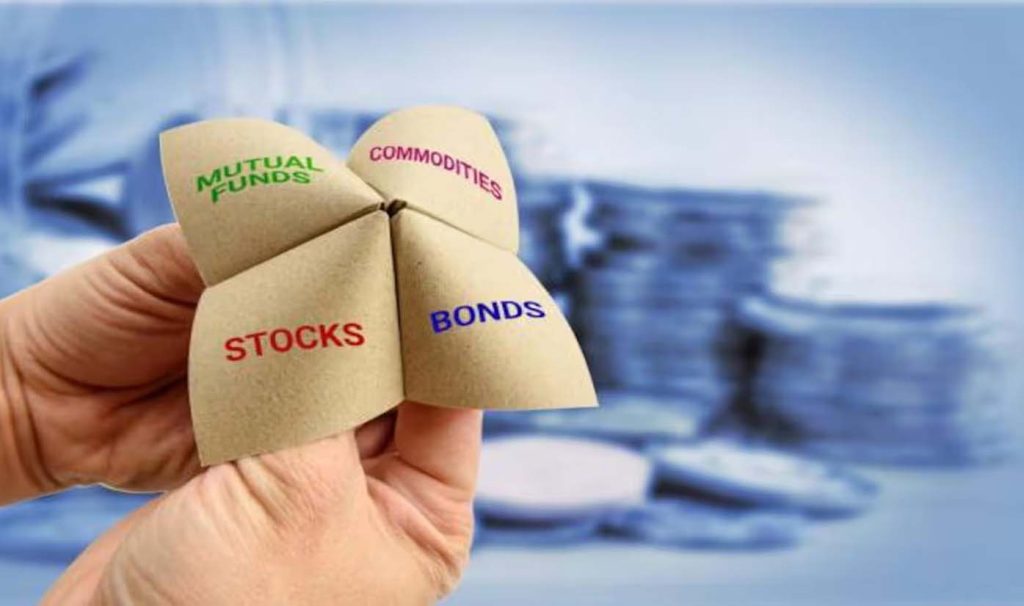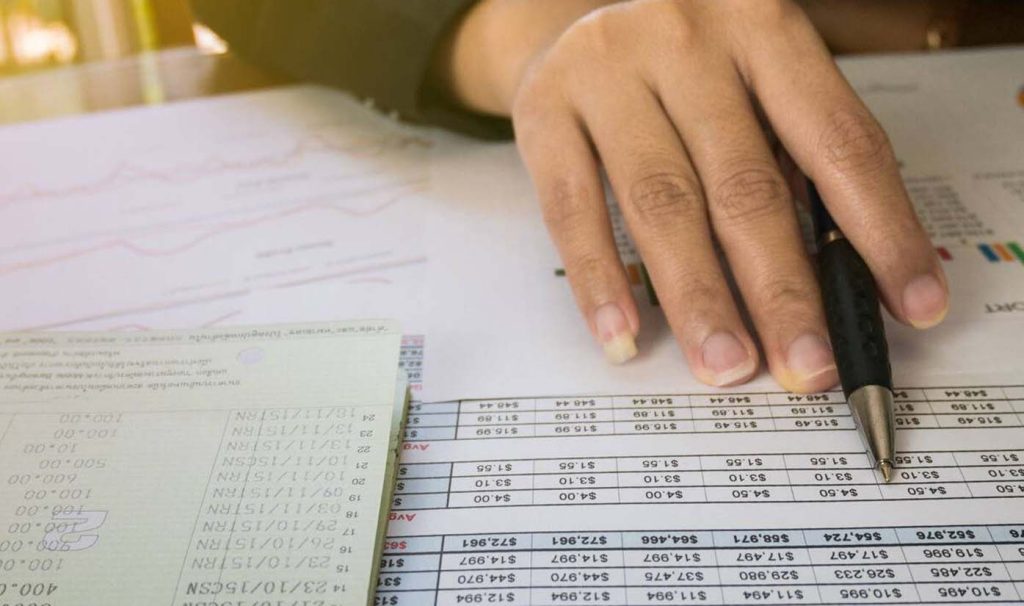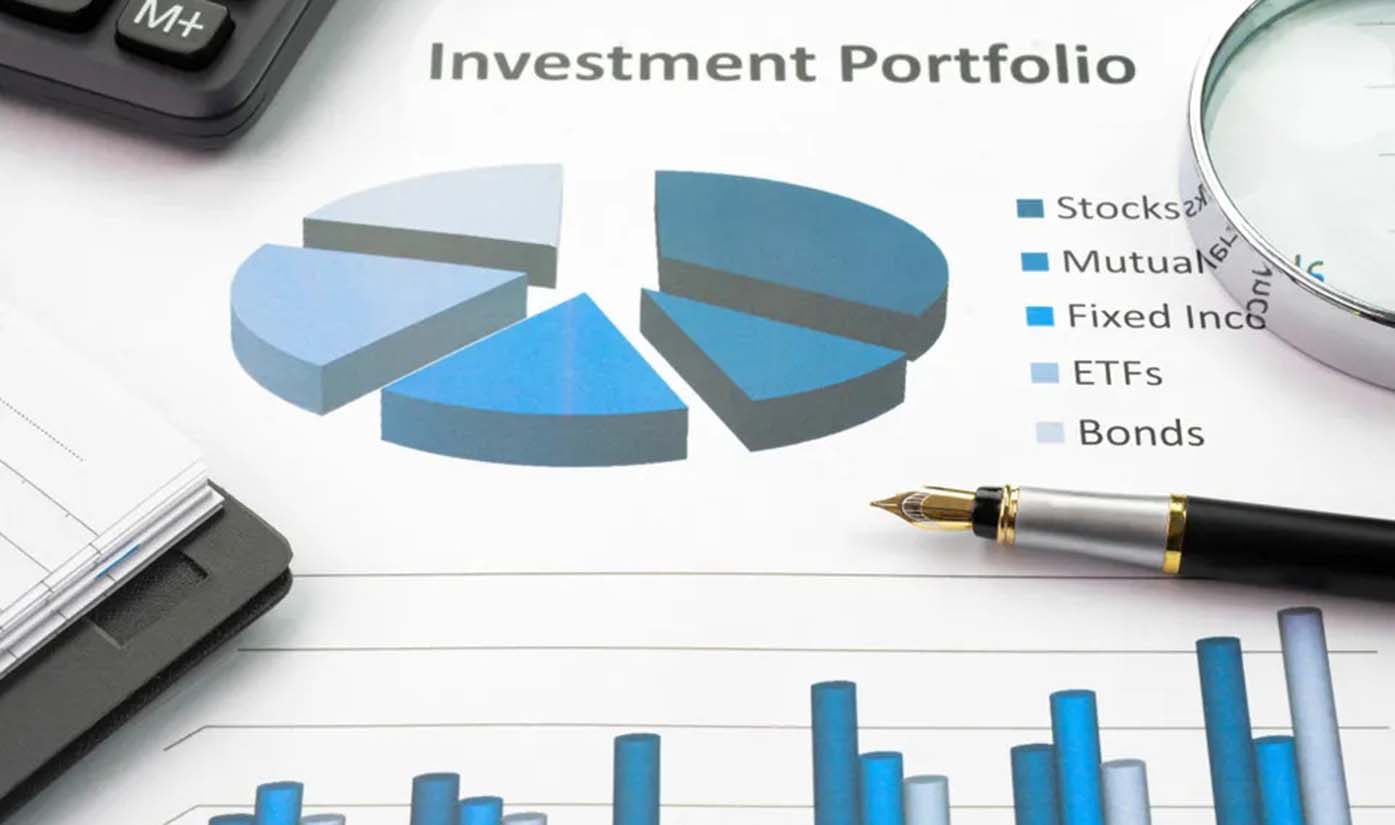What if I told you the real secret to a stress-free retirement isn’t just how much you save—but how you invest what you’ve saved?
Picture this: you’ve spent 30+ years building your career, working hard, and socking away money into a 401(k), IRA, or brokerage account. Retirement is finally on the horizon. But now comes the big question: how do you allocate those savings to make sure they last—and grow?
Welcome to the world of retirement portfolio allocation, where your mix of stocks, bonds, and other assets can make or break your golden years. It’s not just about avoiding risk or chasing returns—it’s about balance, timing, and staying calm when markets get weird (and they will get weird).
Let’s take a deep dive into how to build a smart, diversified retirement portfolio that supports your lifestyle, protects against inflation, and gives you peace of mind.
🧩 Why Asset Allocation Matters in Retirement
Think of your retirement portfolio like a recipe: too much spice (risk), and it’s overwhelming. Too bland (conservative), and it may not satisfy. A thoughtful mix of stocks for growth, bonds for stability, and other assets for protection and income ensures you’re covered for both market booms and bear seasons.
Here’s why allocation matters:
- Preservation of capital: You can’t afford big losses in retirement.
- Income generation: Your portfolio needs to replace your paycheck.
- Inflation defense: That $5 coffee might be $10 in 15 years.
- Longevity planning: You might need your money to last 20–30+ years!
📊 The Classic Formula: “100 Minus Your Age”
This old-school rule suggests subtracting your age from 100 to determine the percentage of your portfolio that should be in stocks. For example, if you’re 60 years old, you’d keep 40% in stocks and 60% in bonds or fixed income.
But let’s be real—it’s outdated.
People are living longer, retiring later, and staying healthier. A 65-year-old today might have a 25-year investment horizon! Many financial planners now suggest a more flexible approach, often using “110 or 120 minus your age” as a starting point.
📈 Stocks: The Growth Engine
Even in retirement, stocks are essential. They help your money outpace inflation and continue to grow. But you want the right kind of stocks—less Tesla rollercoaster, more Johnson & Johnson cruise ship.
✅ Best Types of Stocks for Retirees:
- Dividend-paying stocks: These provide regular income and tend to be more stable.
- Blue-chip companies: Big names with consistent performance (think Coca-Cola, Microsoft).
- Low-volatility ETFs: Funds that focus on steady, lower-risk stocks.
📌 Product Suggestions:
- Vanguard Dividend Appreciation ETF (VIG)
- Schwab U.S. Dividend Equity ETF (SCHD)
- iShares MSCI USA Min Vol Factor ETF (USMV)
Stocks should make up 30–60% of a retiree’s portfolio depending on your risk tolerance, time horizon, and other income sources (like Social Security or pensions).
🧾 Bonds: The Stabilizer
When stocks zig, bonds zag. Bonds add stability and income to your retirement mix. They don’t grow fast—but they’re reliable, like the friend who always shows up early for dinner.
✅ Best Types of Bonds for Retirees:
- Treasury bonds: Virtually risk-free and backed by the U.S. government.
- Municipal bonds: Tax-free income, great for high earners.
- Corporate bonds: Higher yields but slightly higher risk.
- Bond ETFs: Easy diversification with low fees.

📌 Product Suggestions:
- Vanguard Total Bond Market ETF (BND)
- iShares iBoxx $ Investment Grade Corporate Bond ETF (LQD)
- Vanguard Short-Term Inflation-Protected Securities ETF (VTIP)
For retirees, bonds typically comprise 40–70% of the portfolio—more if you’re risk-averse, less if you’re still seeking growth.
Beyond Stocks and Bonds: Alternative Assets
Want to really build a fortress around your retirement money? Consider diversifying beyond the traditional duo.
🥇 Real Assets:
- Real estate (REITs): Income from rental properties without the hassle of being a landlord.
- Commodities: Think gold, silver, or energy. These can hedge against inflation.
📌 Product Suggestions:
- Vanguard Real Estate ETF (VNQ)
- SPDR Gold Shares (GLD)
- iShares Global Infrastructure ETF (IGF)
🌎 International Investments:
Don’t put all your eggs in one U.S.-centric basket. Developed and emerging markets offer diversification and potential higher growth.
- Vanguard Total International Stock ETF (VXUS)
- iShares MSCI Emerging Markets ETF (EEM)
💰 Cash & Cash Equivalents:
Hold enough for 1–2 years of living expenses to avoid selling stocks during downturns.
🔄 Rebalancing: Your Retirement Superpower
Markets move. Your portfolio drifts. What was 60/40 in 2020 could be 70/30 by 2025. That’s why rebalancing—periodically adjusting your allocations back to target—is crucial.
⏱ How Often to Rebalance:
- Annually is sufficient for most.
- Consider rebalancing if any asset class shifts more than 5–10% from your target.
Use tools like Personal Capital, Vanguard’s Portfolio Watch, or Fidelity’s Planning & Guidance Center to keep tabs.
🎯 Sample Portfolio Allocation by Retirement Phase
Let’s keep it simple:
🧓 Near Retirement (Age 55–64):
- 50% Stocks (dividend + low-volatility)
- 40% Bonds (mix of Treasury, corporate)
- 5% REITs
- 5% Cash
👴 Early Retirement (Age 65–74):
- 40% Stocks
- 50% Bonds
- 5% REITs
- 5% Cash
🎂 Late Retirement (Age 75+):
- 25% Stocks
- 60% Bonds
- 5% REITs
- 10% Cash
Of course, these are just examples. Your health, spending habits, and goals matter too.

🧠 Pro Tips for Smarter Retirement Investing
- Use Buckets: Divide your portfolio into near-term (cash), mid-term (bonds), and long-term (stocks) buckets based on when you’ll need the money.
- Don’t Go Too Conservative Too Soon: Retirement could last 30+ years. You still need growth.
- Avoid Emotional Selling: Market dips are normal. Stick to your strategy.
- Factor in Taxes: Use Roth accounts for tax-free growth if possible.
- Consider Annuities: For guaranteed lifetime income, especially if you’re concerned about longevity risk.
💬 Retirement is the Start of a New Investment Journey
Retirement doesn’t mean your money gets to retire. In fact, it’s working even harder—for longer—to support your lifestyle.
By thoughtfully allocating your portfolio across stocks, bonds, and alternative assets, you’re setting yourself up not just for survival, but for a retirement filled with travel, hobbies, family, and freedom.
So whether you’re five years out or already sipping morning lattes in your slippers—remember: diversify, rebalance, and invest with purpose.
Your future self will thank you.
